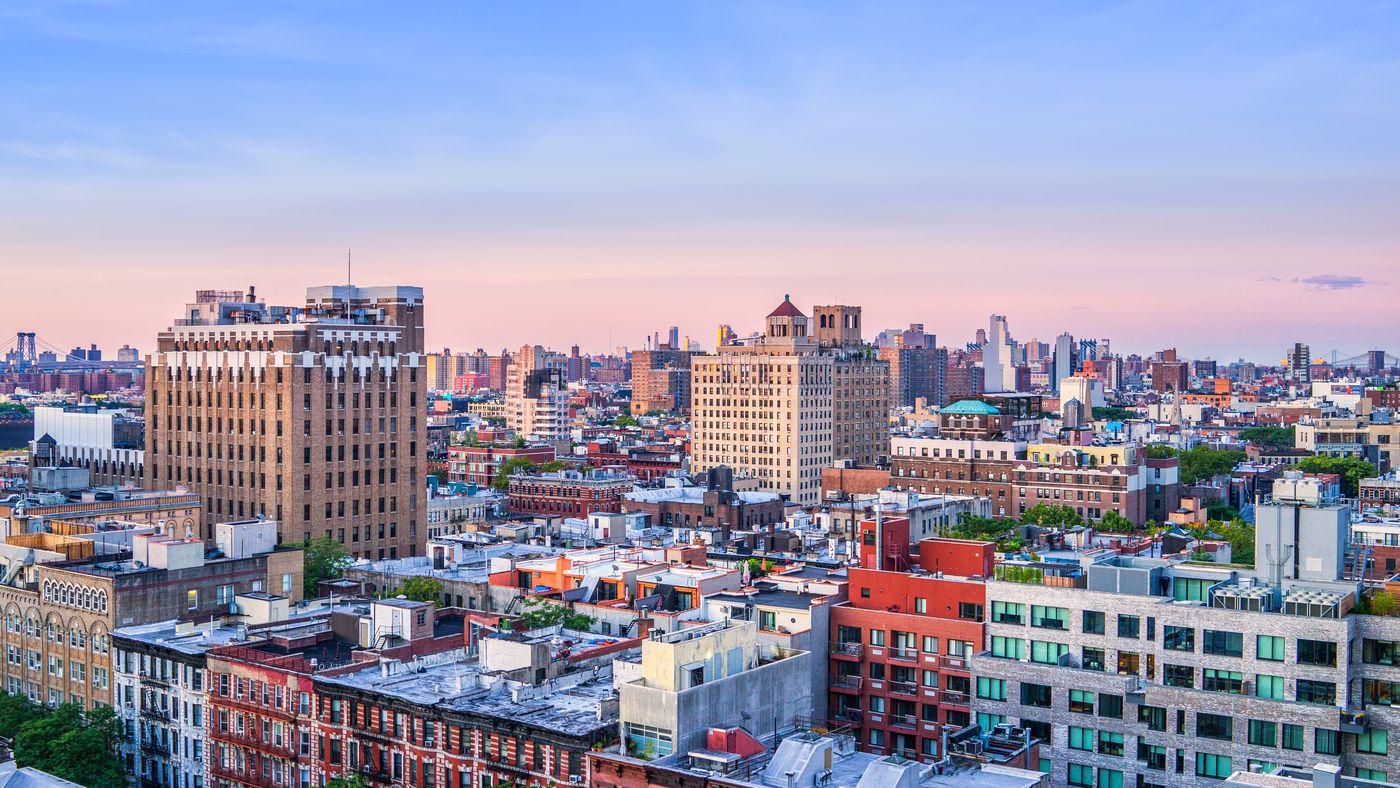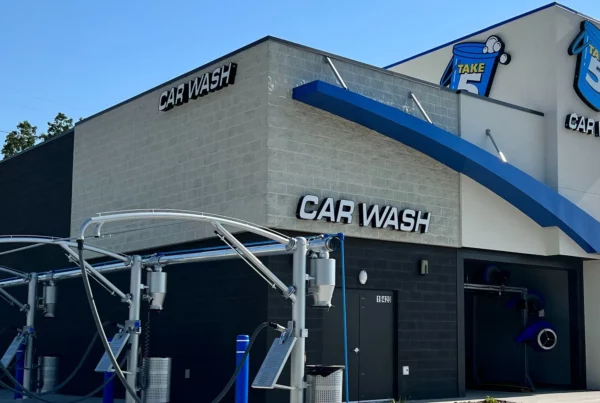Compliance And The Future Of New York City Real Estate

BY SETH GLASSER
11/11/2022
Compliance And The Future Of New York City Real Estate
How do you make money in real estate? Buy it 20 years ago!
Unless a building sees substantial NOI growth or interest rates come back down to what we’ve been accustomed to for the last 10 years, then multifamily prices will most likely continue to fall in the coming months and likely year(s)… but probably not for all the reasons you might think. Future values in New York will not be tied only to interest rates and rent stabilization. There’s another piece to the pricing puzzle that doesn’t have to do with upside in rents, NOI, rising expenses, or location. It’s compliance.
In New York you have two different types of deals and therefore two different risk profiles.
Rent Stabilized Apartment Buildings
Managing a rent stabilized apartment building is very challenging especially if it has debt on it because the cash flow is that much more constrained. Buying a rent stabilized apartment building at a 7% cap with 75% financing at 6% debt makes exactly $0 after debt service. You can look at models all day long and tell me it’s a 3% cash on cash but anyone who has ever invested in one will tell you otherwise. You might get some cash flow in year one or two but wait until the capital call comes to fix the boiler, comply with new energy upgrades or the local law 11 expense every five years. Add to that if a tenant doesn’t feel like paying the rent for the next six months, there are no consequences to them. What’s the sense in buying a building when you can buy the Treasuries backed by the government and make 4%.
COVID, combined with an unfriendly judicial system has turned housing court into a nightmare. Challenges with this type of management might include cash constrained tenants living paycheck to paycheck, an entitled tenancy protected by rent stabilization, reliance on the government to pay part of their rent, difficulty gaining access to their unit to fix a problem, or the dreaded call to 311 rather than the management company to fix a problem. The only way to make substantial income is from a refinance after the NOI is raised, or, if the interest rates go down, the property can support more debt. After HSTPA, NOIs are flat, and rates are up – uh oh…
I believe we are at the beginning of what I hope will be a very short reckoning for the rent stabilized housing business. The passing of the Housing Stability Tenant Protect Act (HSTPA) or the more apropos name: Holy Sh*T That’s Pretty Awful, was a huge blow for values. What we took for granted was that up until the first half of 2022 interest rates were remarkably low and holding up property values. But the other shoe has dropped, and this could be a knockout punch unfortunately for many investments. I didn’t think we would ever see 7 caps, but it looks like it’s inevitable for many assets. I remember in 2009 in the doldrums of the financial crisis cap rates in the Bronx were as high as the rent multiples!
Testing The Limits Of Relationship Lending
NOIs have been frozen for three years. Rates are up from 3% in Q1 to 6% in Q4. How will maturing debt be handled by lenders? Think about how many owners took out five-year debt at 3 or 4% prior to 2022. That debt is coming due and it’s not going to be pretty. (side note: it will be much worse in unregulated markets in other parts of the country where buyers took out 12- or 18-month bridge financing at 3% in 2021) Savy investors with over a decade of experience in our industry have never seen debt this high. The closest they got to that was a bedtime story about the wild old days of seller financing and the 17% mortgage their parents took out to buy their first house!
If borrowers were barely servicing 3% debt, how are they expected to pay 6%? And why would they? If there is no equity left because of the falling values, why should they come out of pocket every month to service the debt? If the banks don’t want to own the real estate (which I wrote about HERE) they will have to cave and restructure loans. The only way the banks don’t end up with the buildings is if they sell the loan or offer well below market rates with interest only payments until we are able to weather the storm. Only a handful of banks have tens of billions of dollars at stake and since most of our lending community are relatively small regional banks, I don’t foresee a “Too Big To Fail” federal government bailout on this one. Banks need to step up and take a stand and lobby for our industry. Unless something radical changes, the banks could be the ones holding the hot potato. Fortunes will be changed in 2023 and how lenders treat their borrowers will be key.
Free Market Properties
Market rate rents came roaring back in 2021. This was fueled by demand but also a reduction of supply. The passing of HSTPA took 60,000 units off the market and the expiration of the 421a tax abatement is putting a complete halt on new development constraining supply even further. The secondary and tertiary market rate rents got hit hard because 7 in 10 New Yorkers feel less safe than they did before the pandemic. Tenants flocked to more established neighborhoods – driving those rents up even further or opted purchasing in suburbs with sub 3% debt (I’m one of these people). With mortgage rates approaching 7% purchasing became less desirable and renters opted for higher renewals rather than expensive long term debt, increasing rents further.
The well-established socialist and progressive movements have made this a primary issue in their campaign efforts to enact further rent reform. This mindset has existed in New York for years but it’s starting to catch on in other growing markets across the country such as Orlando and St. Paul. Perhaps a Zoom call with me or a quick online ECON101 course will get them to change their mind.
Even before the rental market skyrocketed in New York, the progressive and socialist political movement have been trying to disincentivize privately owned housing. The attorney general has made it her mission to roll back rents and challenge owners over the deregulation of their units. In the age of (mis)information, undersupplied housing, finger-pointing, and social media this will get worse before it gets better.
In Summary: Pick Your Poison
The thankless job of rent stabilization investment comes with intense management, strict oversight, tight cash flow but minimal overcharge risk. The upside for these investments is that you’re purchasing real estate at an enormous discount to replacement value in the financial capital of the world, and if there are any positive changes to HSTPA…well…cha-ching! Investing in market rate housing benefits from lighter management, market rate rental movement but a potentially dangerous downside resulting from misinformed and poorly executed public policy.
Moving forward, no matter the path, factors outside of free market economics, like compliance will impact how real estate decisions are made. New York is remarkably resilient. After 9/11 we licked our wounds and came back better and stronger than ever. During the Great Recession, New York was the last to fall and the first to rise. I believe we will right the ship, but it will not happen overnight.
Deciding where to take their business in 2023 and beyond will be something keeping owners up at night as they dream over changing business models, financial and estate planning, and lifestyle choices.
Seth Glasser
Senior Vice President of Investments
Marcus & Millichap / NYM Group
seth.glasser@marcusmillichap.com
(516) 770-1366
Listen To The Podcast
2022 Q4 New York Multifamily Market and Policy Update with Jay Martin and Christina Smyth
facebook LinkedIn Instagram Twitter




